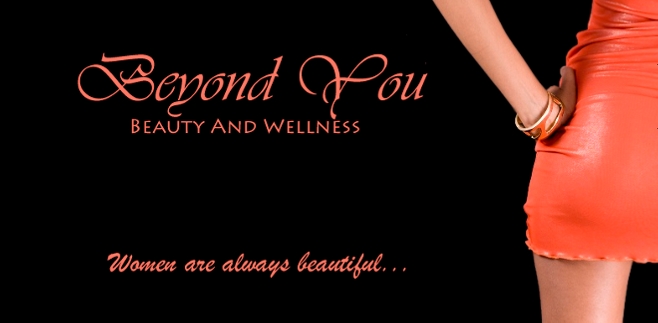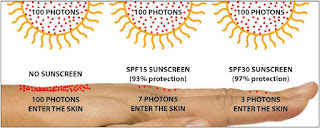Ever want a beautiful and young looking skin but don’t want
to spend too much for beauty pills? Well, I have scoured the internet and found
foods (and a drink) that can make it easier to have a radiant-looking skin
without spending too much. All of these are easily acquired and some are even
part of our everyday meal and we just don’t notice them. So here they are:
EGGS
When I was in college, my breakfast wasn’t complete without
a sunny side up or scrambled egg. What’s in it? Basically all the essential proteins that our body
needs. But of these, two are vital for our skin: choline and lutein.
Choline is needed for the build-up of our cell membranes and
regulates B vitamins needed to produce other proteins, collagen and elastin,
that are needed for firm, smooth skin. Lutein, along with another protein
zeaxanthin, is an antioxidant that protects our skin from the damage of UV rays
that can cause wrinkling and sometimes even cancer.
BROWN RICE
One secret to a young looking skin is keeping it moisturized. Don’t want the hassle of applying moisturizer for the day? Then just include brown rice in your meal. It is loaded with lipid molecules called ceramides that maintain skin moisture. These molecules are incorporated in the outer layer of our skin and help in maintaining it well hydrated.
TOMATOES
Ever wonder what gives tomatoes their color? Carotenoids are
plant pigments which are responsible for yellow, orange and red colors in
fruits and vegetables. In tomatoes is one carotenoid called Lycopene. This Lycopene
has been proven to lower the hormones that promote acne development, for a
clear and smooth skin, and is also an antioxidant
If you are not quite
the fan of fresh tomatoes in your plate, then we suggest you consume other
tomato-based foods such as sauces (in pastas and pizzas, yum!) and tomato
juice. Nutritionists recommend that we include these in our diets for 3-5 times
a week.
FISH AND OTHER SEAFOOD
Fact: not all fats are bad for you. Ever heard of omega-3
fatty acids? They’re one of the good cops in fatty acids world. They have been
proven to lower the bad fats in our body and fight off the risk for heart
diseases. As for our skin, however, a study found out that it can slow down
wrinkling or skin ageing by delaying the production of certain bad chemicals.
Not only this, they can also combat acne which is acne sufferers are
recommended to consume four to five serving of oily fish per week.
GREEN TEA
Not only does a warm cup of green tea gives you a kick start
for the day, it is also proven to be packed with antioxidants! Like the
tomatoes and seafood, green tea also fights acne development by lowering a
hormone called Dihydrotestosterone (DHT) which is responsible for
acne-production.
WHOLE GRAINS
One thing that comes to mind when I hear whole grain is the
word ‘fiber’. Yes, it’s proven that these foods are high in fiber and
significantly important in reducing belly fat. Another major benefit that we
can acquire them is a radiant-looking skin. Niacin in whole grains fight
inflammatory agents in our body which can lead to reducing the redness in
pimples and acne.
Pastas and bread from whole grains contain high amounts of
antioxidants (same amount with vegetables) which reduce free radicals that damage
our cells.



















